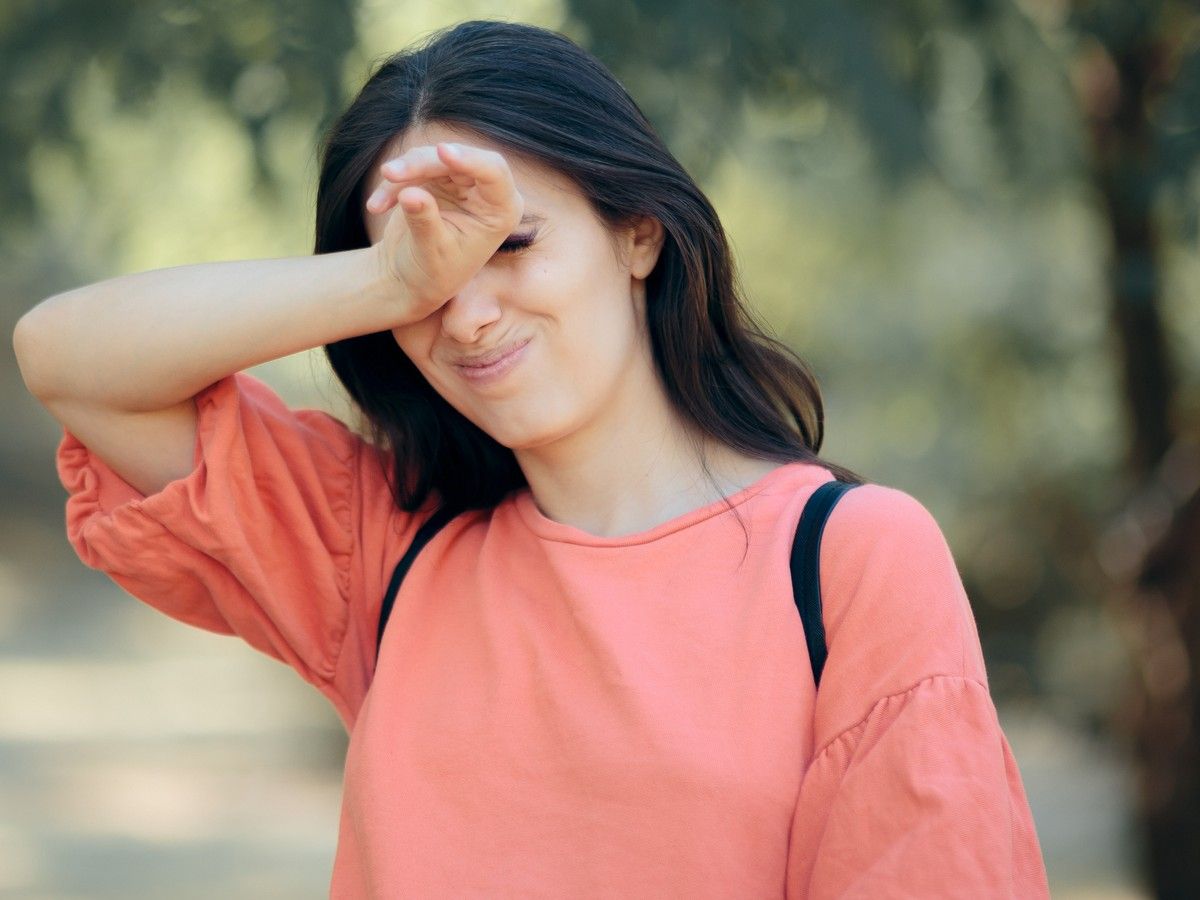ohip-covered eye exams back on as doc talks underway
ohip pays optometrists $44.65 on average for an eye exam, up from $39.15 in 1989
why are my eyes dry? a look at the main causes of eye dryness
more screen time, low-humidity indoor environments, and contact lens wear may be the cause of widespread eye dryness.
 4 minute read
4 minute read









